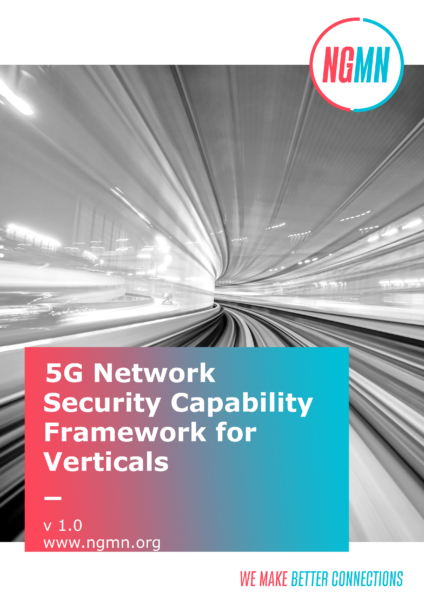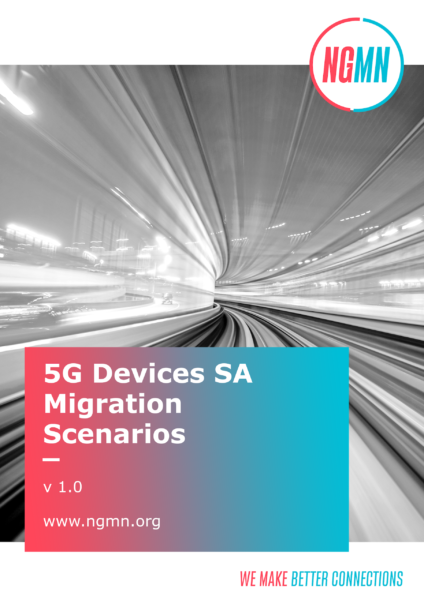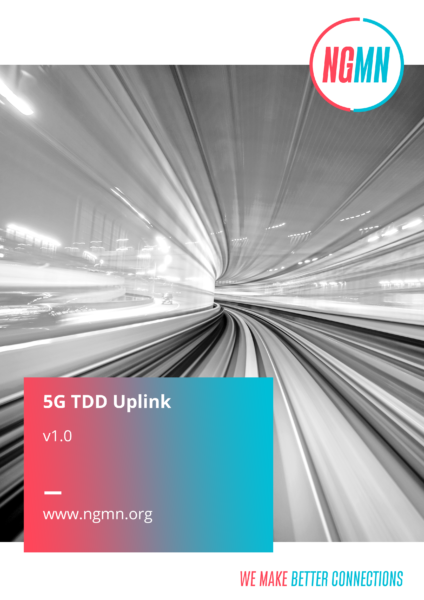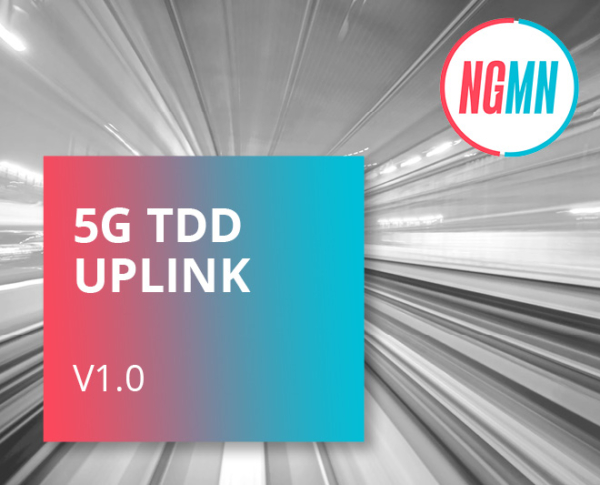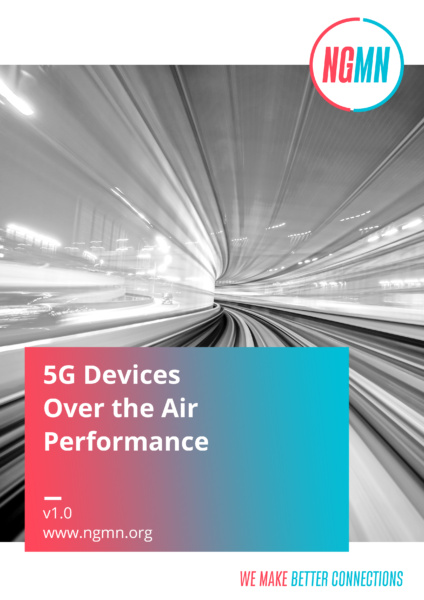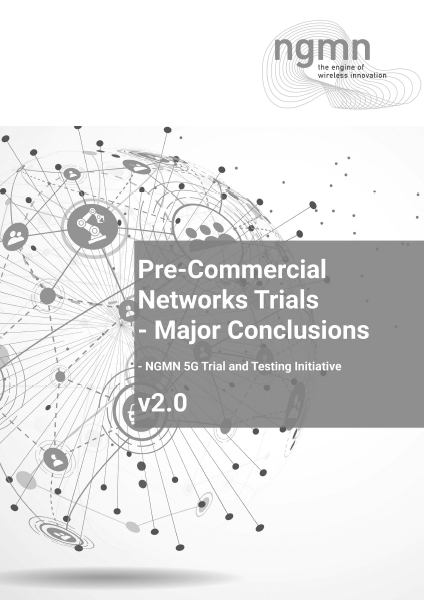Frankfurt, Germany, May 10, 2021: The Linux Foundation and the Next Generation Mobile Network Alliance (NGMN), today announce the signing of a Memorandum of Understanding (MoU) for formal collaboration regarding end-to-end 5G and beyond.
NGMN’s mission is to provide impactful industry guidance to achieve innovative and affordable mobile telecommunication services for the end user, placing a particular focus on Mastering the Route to Disaggregation, Sustainability and Green Future Networks, as well as on 6G and the continuous support of 5G’s full implementation.
This mission is complementary to the efforts of the Linux Foundation’s LF Networking and LF Edge umbrella projects, as well as others like LF Energy operating within the telecom, IoT, and networking spaces.
Creating and providing open, scalable building blocks for operators and service providers is critical to the industry adoption of 5G and beyond. Therefore, the collaboration between NGMN and the Linux Foundation will focus on end-to-end 5G architecture and beyond 5G. Specific areas of alignment may include sustainability, network automation and network autonomy based on Artificial Intelligence, security, edge cloud, virtualization, disaggregation, cloud native, and service-based architecture, to name a few.
“We very much look forward to a mutually inspiring and beneficial collaboration with The Linux Foundation. Open Source is gaining increasing relevance for the strategic topics of our Work Programmes such as Mastering the Route to Disaggregation, Green Future Networks and 6G. We are delighted to partner with The Linux Foundation to jointly drive our mission for the benefit of the global ecosystem”, said Anita Doehler, CEO, NGMN Alliance.
“We are thrilled to be aligning with such an innovative, industry-leading organization,” said Arpit Joshipura, General Manager, Networking, Edge and IoT, the Linux Foundation. “Integrating NGMN’s expertise across pivotal areas like Disaggregation, Green Future Networks, cloud native, automation, and early work on 6G into LF Networking’s 5G Super Blueprint initiative is a natural next step for the industry.”
The Linux Foundation’s vision of harmonizing open source software with open standards has been in effect for several years, including collaborations with ETSI, TMF, MEF, GSMA, the O-RAN Alliance, and more. NGMN also maintains longstanding co-operations with all of these organisations. The alignment between The Linux Foundation and NGMN represents the latest in a long-standing effort to integrate open source and open standards across the industry.
